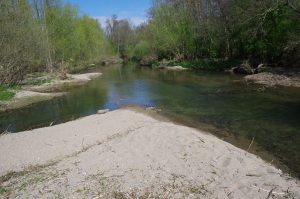
Revitalization of riparian habitats
Naturgemäß können die Pegel von Flüssen im Jahresverlauf erhebliche Schwankungen aufweisen. Bei hohen Wasserständen werden flussnahe Bereiche überflutet, wobei sich Dauer und Höhe des Wassereinstaus

Naturgemäß können die Pegel von Flüssen im Jahresverlauf erhebliche Schwankungen aufweisen. Bei hohen Wasserständen werden flussnahe Bereiche überflutet, wobei sich Dauer und Höhe des Wassereinstaus
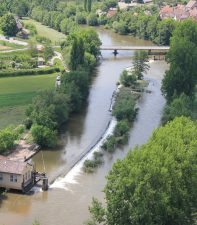
Vielerorts werden im Zuge der Umsetzung der Wasserrahmenrichtlinie Einbauten in Gewässern entfernt, darunter auch solche, die einen Denkmalwert haben könnten. Das einzelne Bauwerk kann Teil
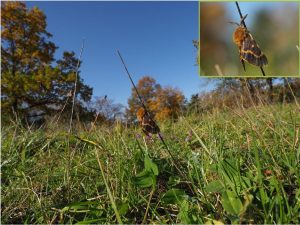
The scientific expert panel now finalized the evaluation of the biodiversity reinforcement program of the federal state of Baden-Württemberg. The report (in German) is available for download: download (pdf)
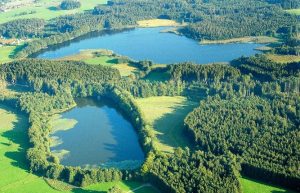
In Kooperation mit dem Aktionsprogramm zur Sanierung oberschwäbischer Seen und Weiher hat die Landespflege Freiburg ein Vorhaben im Bereich Gewässerschutz und Biodiversitätserhalt in Agrarlandschaften gestartet.
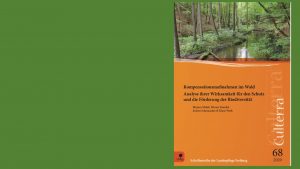
Der Culterra Band 68 präsentiert die Ergebnisse des F+E-Projekts „Kompensationsmaßnahmen im Wald“. Anhand einer umfassenden Literaturanalyse wurden Erkenntnisse zur ökologischen Wirksamkeit von Kompensationsmaßnahmen in Wäldern
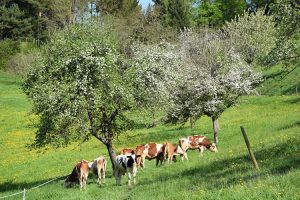
Funktionale Wirksamkeit der Pflegezonen deutscher Biosphärenreservate Die Einteilung in Kern-, Pflege- und Entwicklungszonen ist ein konzeptionelles Grundprinzip bei der Implementierung von Biosphärengebieten weltweit. Das UNESCO-Programm
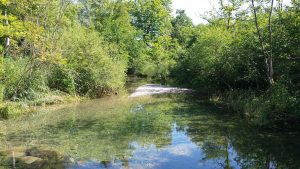
Vor nunmehr rund 15 Jahren wurden im Naturschutzgebiet Taubergießen im Zuge eines Interreg-Projekts Maßnahmen zur Revitalisierung der Aue durchgeführt. Hierfür wurden kurze Abschnitte der Dämme

Der Bericht zur ersten Zwischenevaluierung durch das wissenschaftliche Fachgremium liegt vor: https://landespflege-freiburg.de/wp-content/uploads/2019/09/502_Konold_et_al_Zwischenbericht_SonderprogrammBiolVielfalt_Feb2019.pdf
Wie in jedem Jahr unterstützen erfahrene Mitarbeiter der Landespflege die Arbeitsgemeinschaft Wanderfalkenschutz (AGW) bei der Beringung von Uhus und Wanderfalken. Durch die Arbeit der AGW
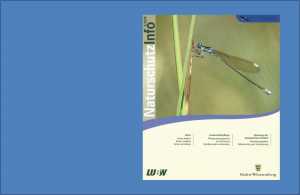
Inwieweit lassen sich ökologische Auswirkungen einer früheren Weidenutzung anhand von Aufzeichnungen beispielsweise zu Viehauftriebszahlen und Düngergaben rekonstruieren? Diese und andere Fragen untersucht die Landespflege Freiburg

Naturgemäß können die Pegel von Flüssen im Jahresverlauf erhebliche Schwankungen aufweisen. Bei hohen Wasserständen werden flussnahe Bereiche überflutet, wobei sich Dauer und Höhe des Wassereinstaus

Vielerorts werden im Zuge der Umsetzung der Wasserrahmenrichtlinie Einbauten in Gewässern entfernt, darunter auch solche, die einen Denkmalwert haben könnten. Das einzelne Bauwerk kann Teil

The scientific expert panel now finalized the evaluation of the biodiversity reinforcement program of the federal state of Baden-Württemberg. The report (in German) is available for download: download (pdf)

In Kooperation mit dem Aktionsprogramm zur Sanierung oberschwäbischer Seen und Weiher hat die Landespflege Freiburg ein Vorhaben im Bereich Gewässerschutz und Biodiversitätserhalt in Agrarlandschaften gestartet.

Der Culterra Band 68 präsentiert die Ergebnisse des F+E-Projekts „Kompensationsmaßnahmen im Wald“. Anhand einer umfassenden Literaturanalyse wurden Erkenntnisse zur ökologischen Wirksamkeit von Kompensationsmaßnahmen in Wäldern

Funktionale Wirksamkeit der Pflegezonen deutscher Biosphärenreservate Die Einteilung in Kern-, Pflege- und Entwicklungszonen ist ein konzeptionelles Grundprinzip bei der Implementierung von Biosphärengebieten weltweit. Das UNESCO-Programm

Vor nunmehr rund 15 Jahren wurden im Naturschutzgebiet Taubergießen im Zuge eines Interreg-Projekts Maßnahmen zur Revitalisierung der Aue durchgeführt. Hierfür wurden kurze Abschnitte der Dämme

Der Bericht zur ersten Zwischenevaluierung durch das wissenschaftliche Fachgremium liegt vor: https://landespflege-freiburg.de/wp-content/uploads/2019/09/502_Konold_et_al_Zwischenbericht_SonderprogrammBiolVielfalt_Feb2019.pdf
Wie in jedem Jahr unterstützen erfahrene Mitarbeiter der Landespflege die Arbeitsgemeinschaft Wanderfalkenschutz (AGW) bei der Beringung von Uhus und Wanderfalken. Durch die Arbeit der AGW

Inwieweit lassen sich ökologische Auswirkungen einer früheren Weidenutzung anhand von Aufzeichnungen beispielsweise zu Viehauftriebszahlen und Düngergaben rekonstruieren? Diese und andere Fragen untersucht die Landespflege Freiburg

Freiburg Institute for Conservation Ecology and Landscape Management
Konold Kaphegyi Wattendorf & Suchomel GbR
Stegener Straße 19
D-79199 Kirchzarten
phone: +49 7661 9890 266
mobil: +49 173 307 8053
Site Notice | Privacy Policy | Design: kombinat79 | © 2024